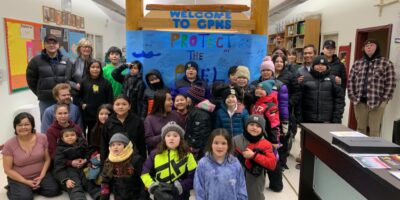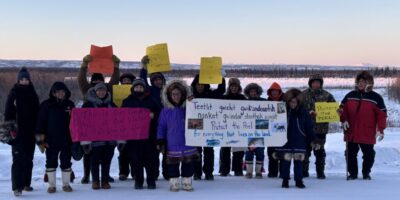Written by Joti Overduin, rally photos by Adil Darvesh | March 13, 2025
After rallying together in the cold in Whitehorse and across the Yukon and NWT last November, the ruling from the judge to dismiss the Yukon government’s case was very much welcome. It was a decision that reflected the reactions of many from the outset of this confusing and disappointing court action on YESAB’s recommendation that the Michelle Creek mining project not proceed.
The Yukon Supreme Court judge determined that bringing this court action forward was both not legally permissible, and out of step with the constitutionally protected process. The judge didn’t touch on the specifics of the YESAB recommendation or how YESAB went about creating it, as that is meant to be discussed between the Yukon government, Trondëk Hwëch’in, and the First Nation of Na-Cho Nyäk Dun.
At CPAWS Yukon we all shared feelings of deep gratitude to Trondëk Hwëch’in and the First Nation of Na-Cho Nyäk Dun for all the energy, time, and work dedicated to defending the integrity of the Peel Plan and the Final Agreements. There was also a strong focus on the importance of baseline data (information about an area before exploration or mining) to evaluate potential impacts and the effectiveness of mitigation efforts on the land, waters, and wildlife—critical not only for the Peel but for development proposals throughout the Yukon.
 Looking for the best image optimization plugin for WordPress? To help you choose, we went hands-on with five popular options and ran our own tests. See the results of these tests here.
Looking for the best image optimization plugin for WordPress? To help you choose, we went hands-on with five popular options and ran our own tests. See the results of these tests here.


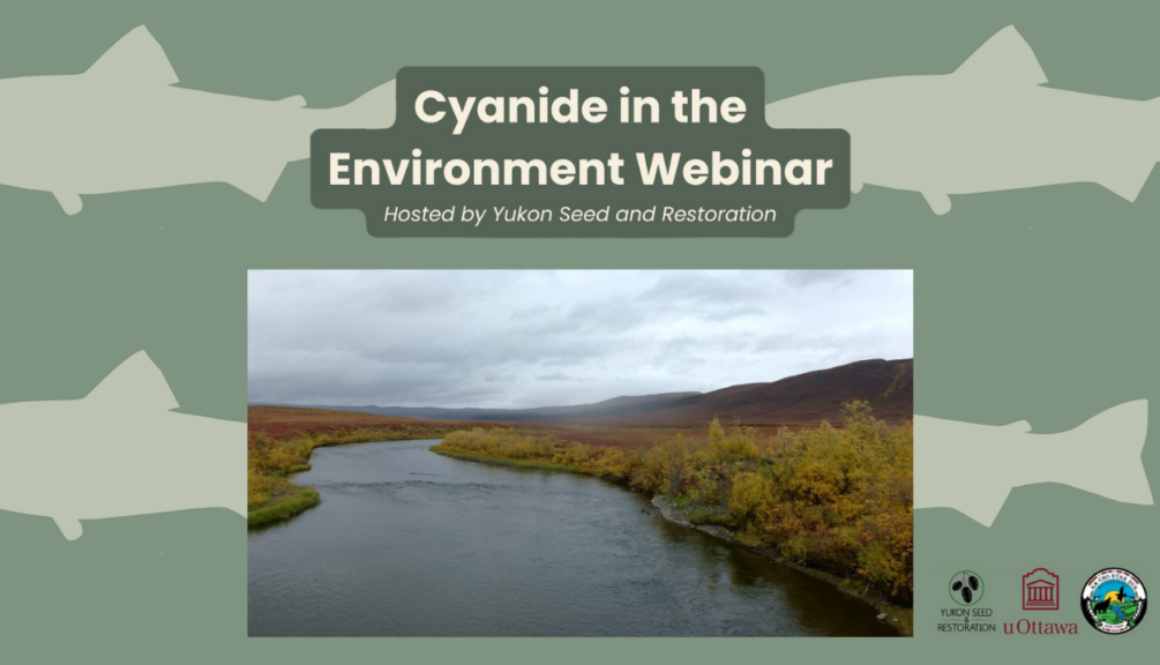
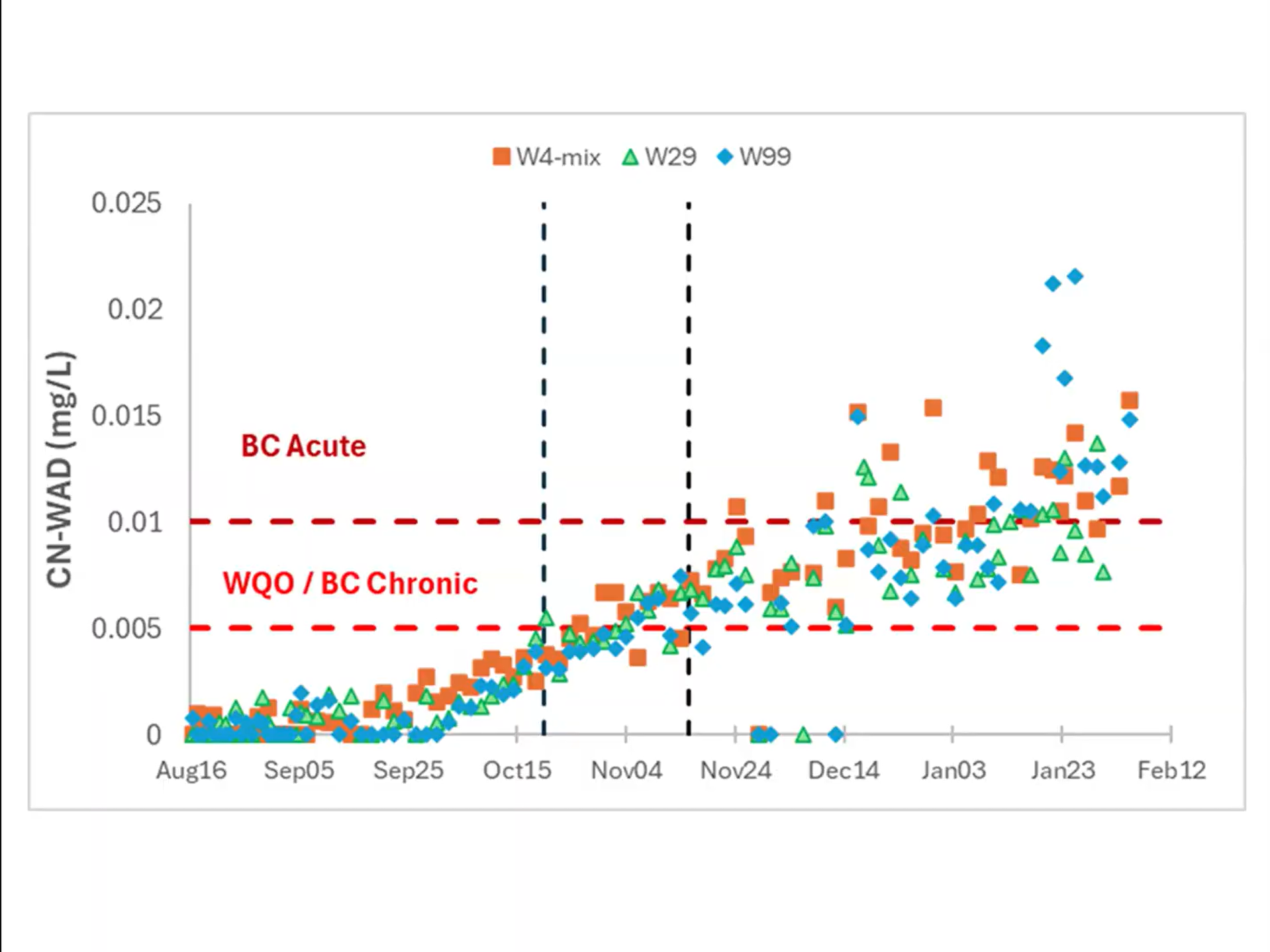
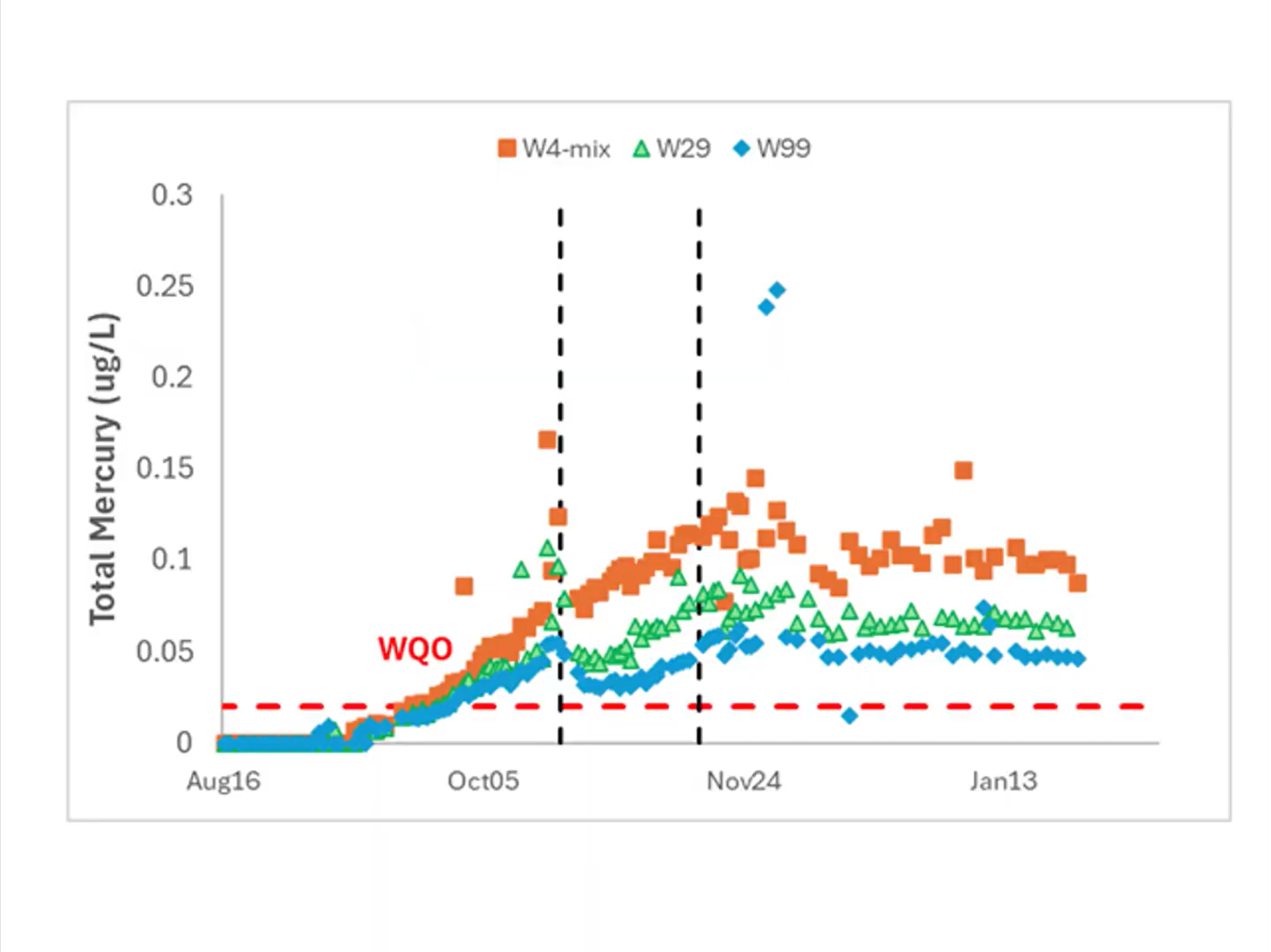
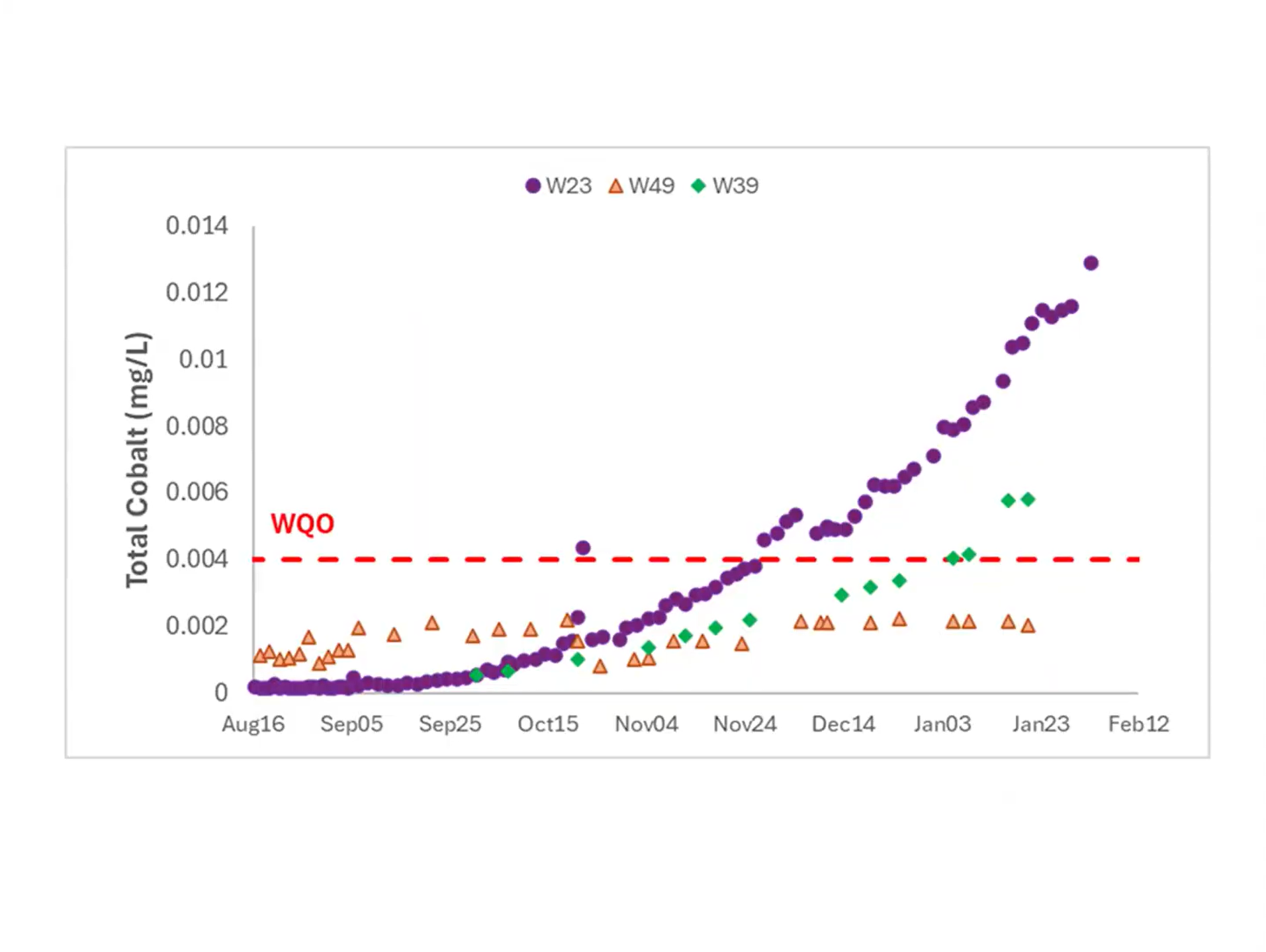





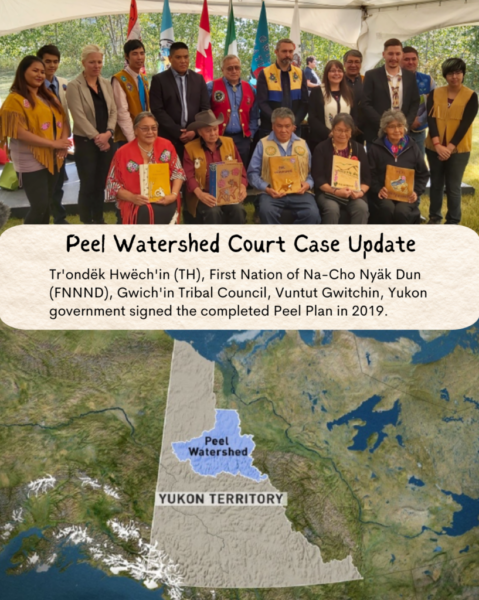
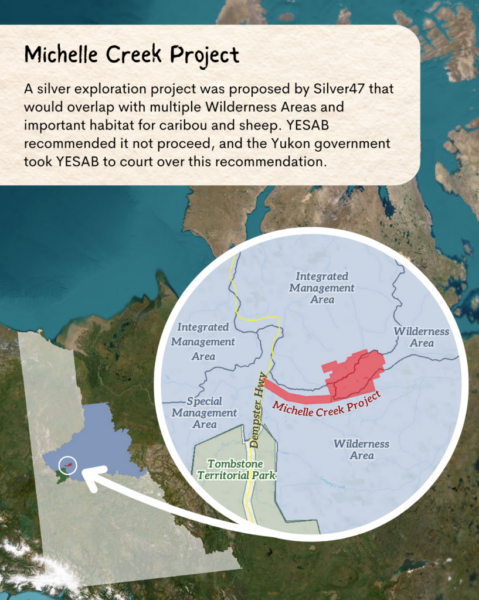
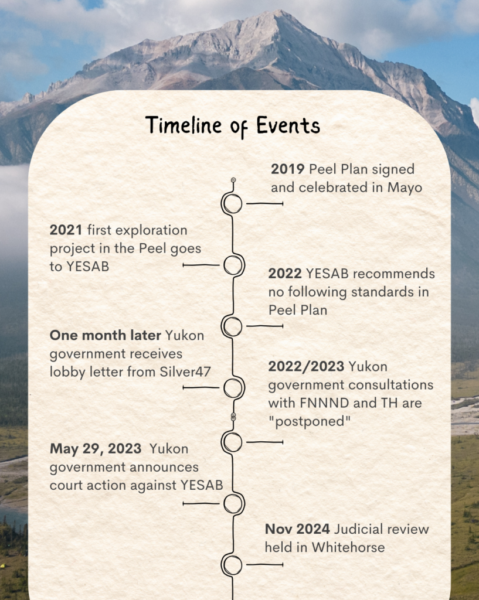
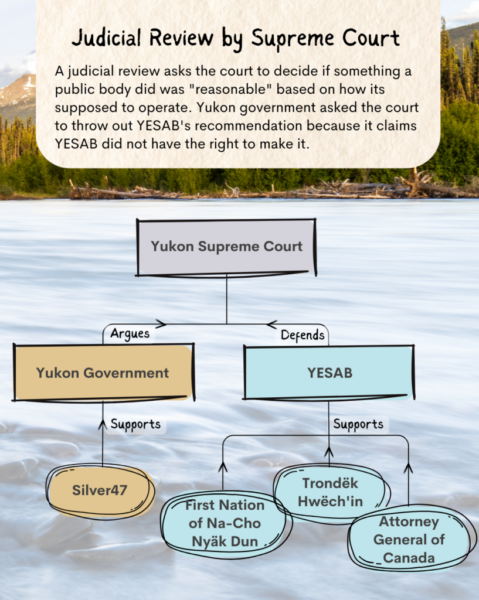
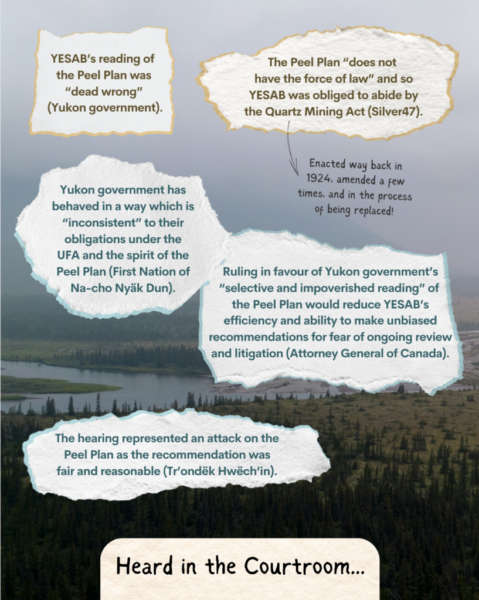
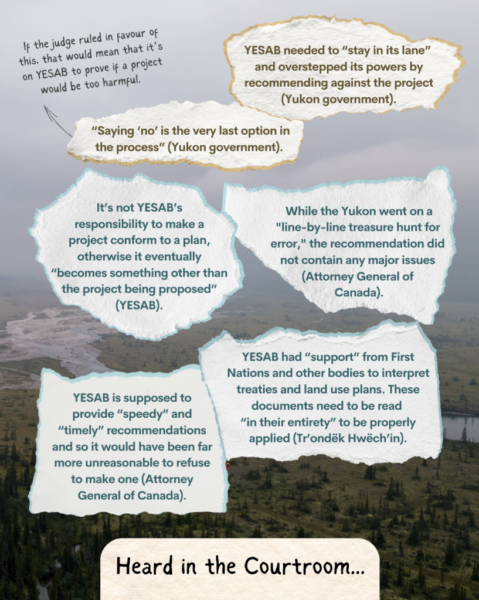
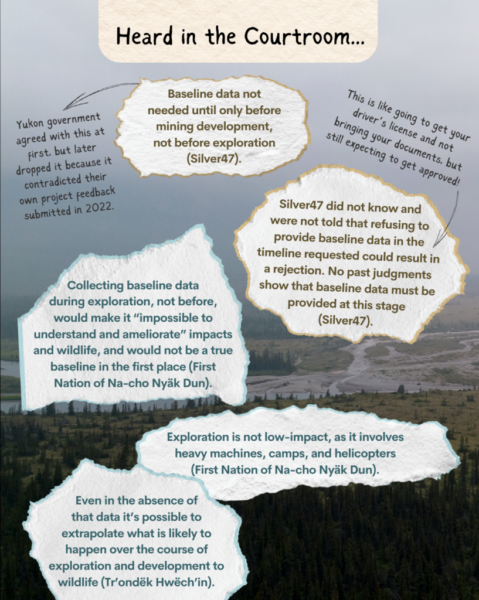
![Heard in the Courtroom... Consultation was at the “lowest” level of priority, and not needed until only before mining development, not exploration in any case (Yukon government). If this is how the Peel Plan is to be interpreted and applied in the future, it represents “something much less than [we] bargained for” (Tr’ondëk Hwëch’in). The judicial review itself represents a “failure of reconciliation” (First Nation of Na-cho Nyäk Dun). Lawyers cited numerous legal cases which suggested the precedent that provincial and territorial governments do have a treaty obligation to consult before doing something like this (First Nation of Na-cho Nyäk Dun). Note ruling is expected relatively soon, around Feb 2025; stay tuned for more updates! Heard in the Courtroom... Consultation was at the “lowest” level of priority, and not needed until only before mining development, not exploration in any case (Yukon government). If this is how the Peel Plan is to be interpreted and applied in the future, it represents “something much less than [we] bargained for” (Tr’ondëk Hwëch’in). The judicial review itself represents a “failure of reconciliation” (First Nation of Na-cho Nyäk Dun). Lawyers cited numerous legal cases which suggested the precedent that provincial and territorial governments do have a treaty obligation to consult before doing something like this (First Nation of Na-cho Nyäk Dun). Note ruling is expected relatively soon, around Feb 2025; stay tuned for more updates!](https://cpawsyukon.org/wp-content/uploads/2025/03/Michelle-Creek-Court-Case-Update-8-819x1024-479x600.png)


